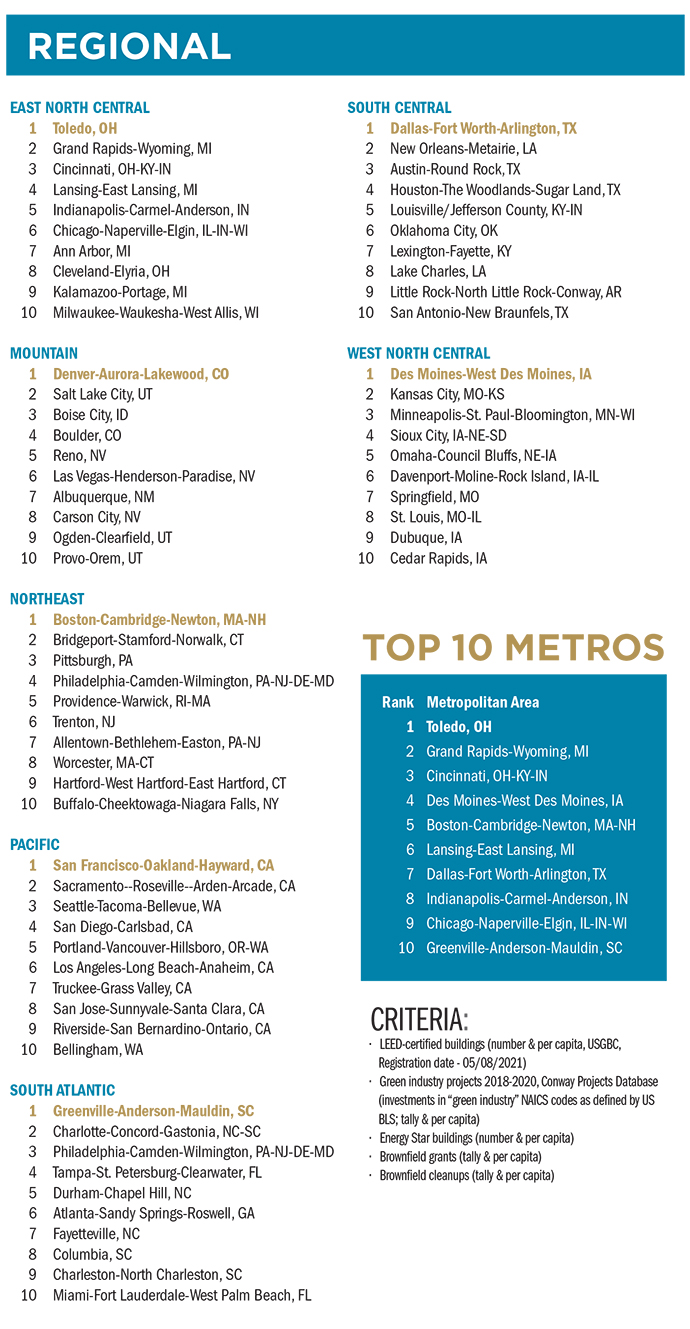In the world of sustainability, as in any other, there is a difference between talking a good game and executing.
A company, community or entire country can set all the environmental, social and governance (ESG) goals it wants. But if there’s no follow-through, all that’s left are some nice murals and a stack of unused recycling bins.
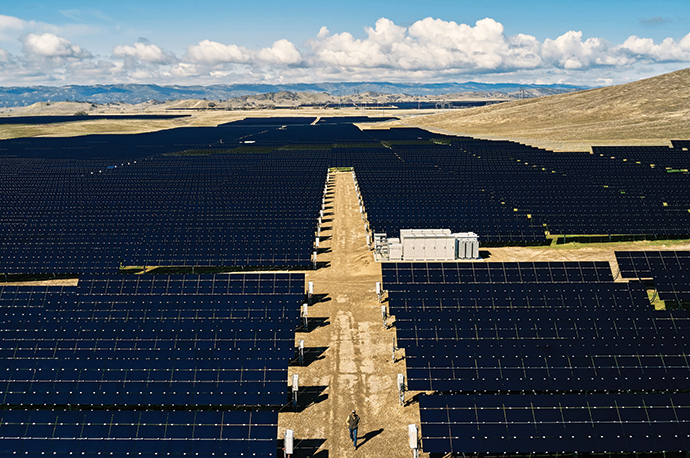
Real green progress isn’t always photogenic. That’s why Site Selection’s annual Sustainability Rankings go beyond the cosmetic. We don’t just count solar farms, but the locations and expansions of the plants that build them. We tally LEED-certified buildings, but we also add up brownfield redevelopment funding that’s turning homely plots of poisoned land into usable, livable property. In addition to renewable energy metrics, we cross-reference our corporate facility investments database with CSRHub’s deep research into companies’ corporate social responsibility profiles to see where high-CSR firms have the most presence.
The results and the criteria attached to them are displayed in the charts on these pages, with Germany, Canada and the United States topping our Top 10 countries. Illinois, California, Michigan and New York lead the U.S. state index. Greater Toledo, Ohio, ranks first among U.S. metros above Grand Rapids, Michigan, and its fellow Ohio metro Cincinnati (where substantial roles are played by portions of the metro in Kentucky and Indiana).

If the flood of corporate sustainability reports doesn’t convince you that the time is now for environmentally and socially aware project investments, then the figures might: With a growing need to mobilize the vast sums of capital needed to meet the UN’s Sustainable Development Goals (SDGs) by 2030, UNCTAD’s World Investment Report 2021 estimates that the value of sustainability-themed investment products — including $1.7 trillion in sustainable funds and over $1 trillion in green bonds — amounted to $3.2 trillion in 2020, up more than 80% from 2019.
“In the coming years, the sustainable investment market needs to transform from a niche to a mass market that fully integrates sustainability in business models and culture,” said UNCTAD Director of Investment and Enterprise James Zhan.

Corporations are integrating as fast as they can. The Counselors of Real Estate finds ESG at No. 3 among the 10 top issues affecting real estate in its own new report. Michel Coulliard, global chair of the Counselors of Real Estate, notes high-profile instances of judiciary and shareholder pressure on companies, and also reports, “In 2020, ESG funds more than doubled net new money intakes, capturing $51.1 billion. The growth in ESG in recent years is fueled by multiple drivers, including consumer shifts, regulatory requirements, trillions of dollars of wealth transferring to GenZ and Millennials committed to philanthropic living (not giving), a blurring of work and societal expectations, and a full sprint to attract and retain top talent.
“Transformative, enterprise-wide ESG programs in all sectors of real estate can be one of the best ways to reduce carbon emissions, accrete value, and demonstrate reputational value,” he says. And where a clean conscience won’t take you, regulations will, starting with Europe’s commitment to reach climate neutrality by 2050, new ESG disclosure requirements in the EU and closer ESG scrutiny by the U.S. Securities and Exchange Commission.
Wholly Toledo
If green doesn’t immediately come to mind when you think of Northwest Ohio, you might want to think again. Among other programs and initiatives, Lucas County Commissioners recently joined with partners on the Toledo-Lucas County Sustainability Commission to announce the launch of the online Toledo-Lucas County Green Map, designed to connect people to sustainable assets to improve their social, economic, and physical well-being.
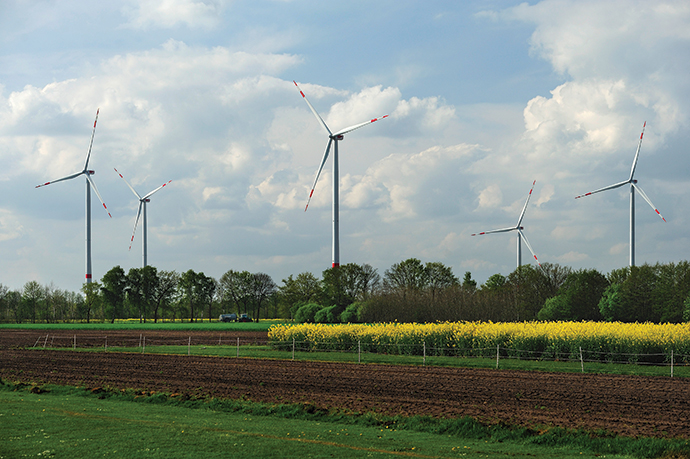
Greater Toledo’s corporate community is no slouch when it comes to green industry, ESG and CSR either. The region is home to First Solar’s huge solar module manufacturing complex in Perrysburg, near where the company in early June announced it would add a third plant in nearby Lake Township. The project will scale the company’s Northwest Ohio footprint to a total annual capacity of 6 GW, which is believed to make it the largest fully vertically integrated solar manufacturing complex outside of China. The 1.8 million-sq.-ft. facility is projected to directly create approximately 500 jobs and is expected to produce an enhanced thin film PV module for the utility-scale solar market in the U.S.
The jobs impact is more than that, however. The Rudolph Libbe Group, the design/build contractor for the new plant and a longtime partner of the company’s since its first arrival in the region, will self-perform trades work through its own craftspeople and those at its specialty trades contractor GEM Inc. More than 500 construction jobs will be created by the project.
“As a partner to our solar program since 2003 and a DOE loan guarantee recipient in 2012, this company is a great example of how investment and innovation can build the clean energy future right here at home,” said U.S. Energy Secretary Jennifer M. Granholm, “shoring up American competitiveness and bringing good-paying jobs to all pockets of the country.”
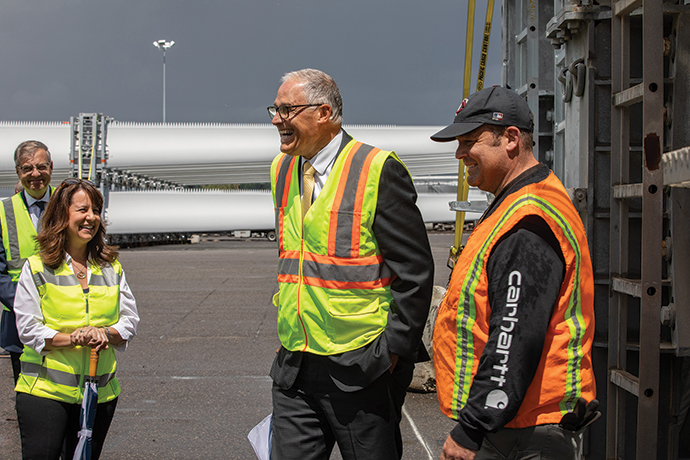
The Solar Energy Industries Association, along with more than 100 organizations, in June called on U.S. officials for a 10-year extension of the federal solar Investment Tax Credit in order to compete with manufacturers abroad (translation: China) which are often aided by local and national governments — Arizona-based First Solar is the only company among the world’s 10 largest solar manufacturers to be headquartered in the United States. SEIA President and CEO Abigail Ross Hopper said U.S. companies need a suite of pro-manufacturing policy options designed to provide demand certainty, incentivize investments in production capacity and support ongoing factory production.
In the S&P Global Platts Analytics Long-Term Forecast, which incorporates the adaptation of a national Clean Energy Standard commencing in 2030 and assumes tax credit extensions for wind and solar, nearly 230 GW of installed utility-scale solar capacity is projected by 2030. In September 2020, SEIA set a target of 100 GW of annual renewable energy manufacturing production capacity by the end of the decade, with solar accounting for half. That would only add to the country’s green industry credentials, one of the criteria by which we rank countries, states and metros.
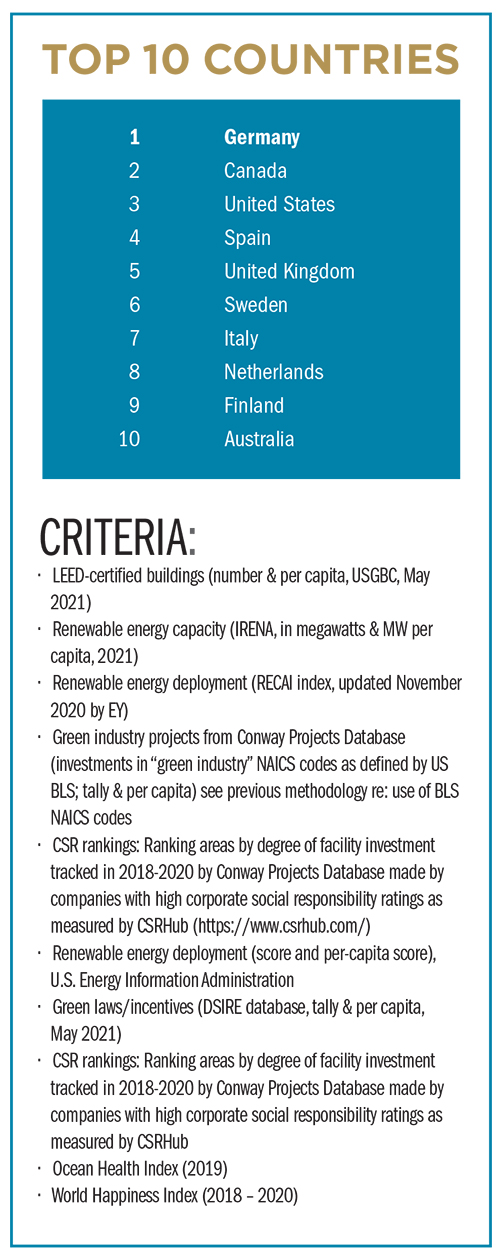
“This aggressive goal would create American solar manufacturing capacity equal to over 150% of the 19.2 GW of solar deployed in 2020 and covers all key elements of a solar energy system, including polysilicon, ingots and wafers, cells and modules, racking and trackers and inverters,” Hopper said.
Solar energy accounted for about 11% of US renewable energy consumption in 2020, up 22% from 2019 as U.S. consumption of renewable energy grew for the fifth year in a row. Corporate end users are doing their part: Tech giants such as Apple, Amazon and Google, and major retailers led by Walmart and Target, installed 1,283 MW of new commercial solar capacity in the United States in 2019, the second largest year on record according to the Solar Means Business report released by the SEIA in October.
Circular Thinking
In addition to First Solar, Toledo is also famously home to Owens Corning, known for its fiberglass products and a whole range of roofing and other materials that have become synonymous with sustainability. The company just earned its spot on the Dow Jones Sustainability World Index for the 11th straight year, and was just named No. 1 on the 100 Best Corporate Cities list for 2021, published by 3BL Media and based on 146 factors across eight pillars including employees, environment, climate change, stakeholders and society, human rights and ESG performance.
“At Owens Corning, we are driven to make the world a better place — and our sustainability aspirations reflect that drive,” said Senior Vice President and Chief Sustainability Officer Frank O’Brien-Bernini. “This recognition inspires us to go further faster, in all forms of collaborations, to shape the future we desire.”
The company is spreading its green footprint most recently to new facilities that include a distribution facility in Heath, Ohio, near Columbus, and a new roofing materials plant at its site in Fort Smith, Arkansas.
“The United States ranked 2nd after China both in terms of renewable energy capacity added (32 GW) and cumulative renewable energy capacity 313 GW) in 2020.”
Jim Eckert is director of corporate real estate for the Global Real Estate Solutions team at Owens Corning. In a recent panel discussion I hosted with him and several other members of the Industrial Asset Management Council (see p. 12), he said, “Sustainability has been a big part of what our company’s all about,” from internal practices to doubling the positive impact of the company’s products, whether it’s contributing to zero-energy buildings or making wind turbines more efficient. The company also aims to halve the negative impact of its operations, and advance workforce inclusion. “Our aspirations also include keeping people safe, improving quality of life of employees and improving communities,” he says.
A new report from The Conference Board, “Holistic Well-Being@Work,” finds that two-thirds of 200 corporate wellness program practitioners believe that executive leaders understand the importance of holistic well-being, even as employee uptake lags.
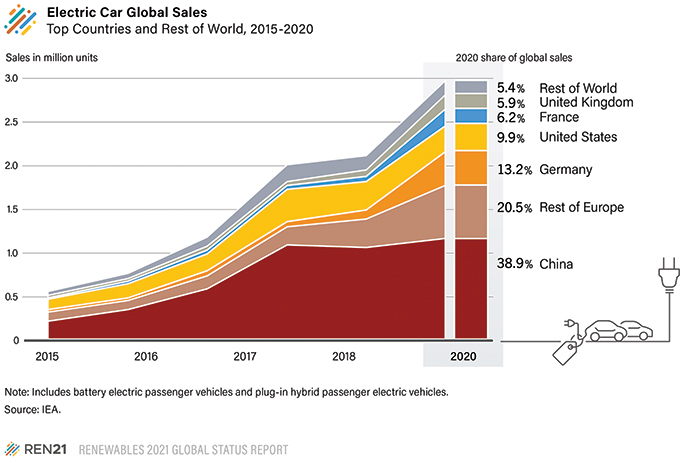
“Heavy workloads and time constraints pose major barriers to using well-being programs — more so than other factors,” said Laura Sabattini, PhD, principal researcher, Human Capital at The Conference Board. “Implementing a successful wellness strategy starts with looking at your work culture.”
Asked about the relationship between human well-being and the planet’s, she tells me, “Workplace well-being is evolving into an increasingly multifaceted and integrated strategy to address both workers’ and organizational needs. A truly holistic approach supports multiple dimensions of wellness, including environmental well-being — i.e., where workers live and work. Beyond ensuring occupational health and safety, organizations have the opportunity to build healthier workplaces and communities that create value for employees, shareholders and society at large.”
Land of Lincoln Looks to LEED and Beyond
That sort of thinking undergirds Illinois Gov. JB Pritzker’s eight principles for a clean and renewable economy that he announced in August 2020, not long after joining stakeholders on Chicago’s south side to launch a $32 million brownfield redevelopment project known as the Green Era Urban Farming Campus. Noting that the project incorporates renewable energy, food production, availability of healthy foods and climate-smart job training, Pritzker said it is “exactly the kind of 21st century vision that deserves our investment.”
Green Era has partnered with bp to sell renewable energy produced at its facility through its anaerobic digester. “When bp was approached by Green Era to collaborate on this project, we knew it would be a great opportunity to support sustainable neighborhoods and demonstrate there is a market for low-carbon fuels like renewable natural gas,” said Janet Kong, bp regional business leader, Global Oil Americas. “It’s exciting to be a part of a local project that fits with bp’s ambition to get to net zero by 2050 or sooner and help cities get there too.”
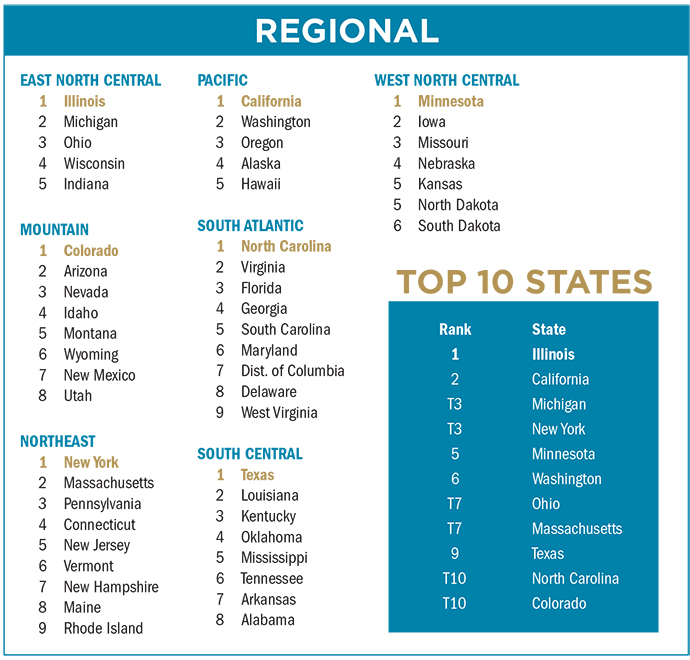

The project supports a several of Pritzker’s eight principles, including the advancement of equity in the clean energy economy and supporting communities in the clean energy transition. Others focus on phasing out carbon-based power generation to be 100% clean by 2050; establishing tax credits and incentives to not only attract EV companies downstate but motivate EV adoption.
Most of the principles were included in a bill before the legislature this year, the Clean Energy and Jobs Act (CEJA), which was first introduced in 2018. It did not pass even after a special session called to pass it, due to concerns about how communities and workers affected by shut-down fossil fuel power plants will be supported. But green momentum continues.
“One area where Illinois stands out among our national peers is on electric vehicle expansion — thanks in part to the Governor’s plans to put 1 million electric vehicles on our roads by 2030,” Sylvia Garcia, acting director of the Illinois Department of Commerce & Economic Opportunity, tells me. “Just like we’ve seen with other industries, EV companies continue to choose Illinois thanks to our skilled talent, strong supply chain, and investments to modernize infrastructure — which includes tens of millions of capital dollars dedicated to expanding charging stations and helping schools and communities across our state convert to clean energy sources. These investments will be important as jobs in the EV space are expected to double in the years ahead.”
The state looks to double EV jobs by 2024, including 1,900 jobs coming to electric truck company Rivian in Normal; and hundreds more to come to a new project from Canada’s Lion Electric, which pledged $70 million to build its first U.S. production center set to roll out 20,000 EVs next year from Joliet.
In February, nearly two dozen companies and higher education institutions in the state urged lawmakers to accelerate the state’s clean energy transition.
“We need bold action now if we are to mitigate the worst impacts of climate change and build a better future for generations to come,” said Patrick Flynn, vice president of sustainability at Salesforce. “Illinois has a unique opportunity to make a bold climate commitment and ensure a just and equitable transition to a low-carbon economy.”
